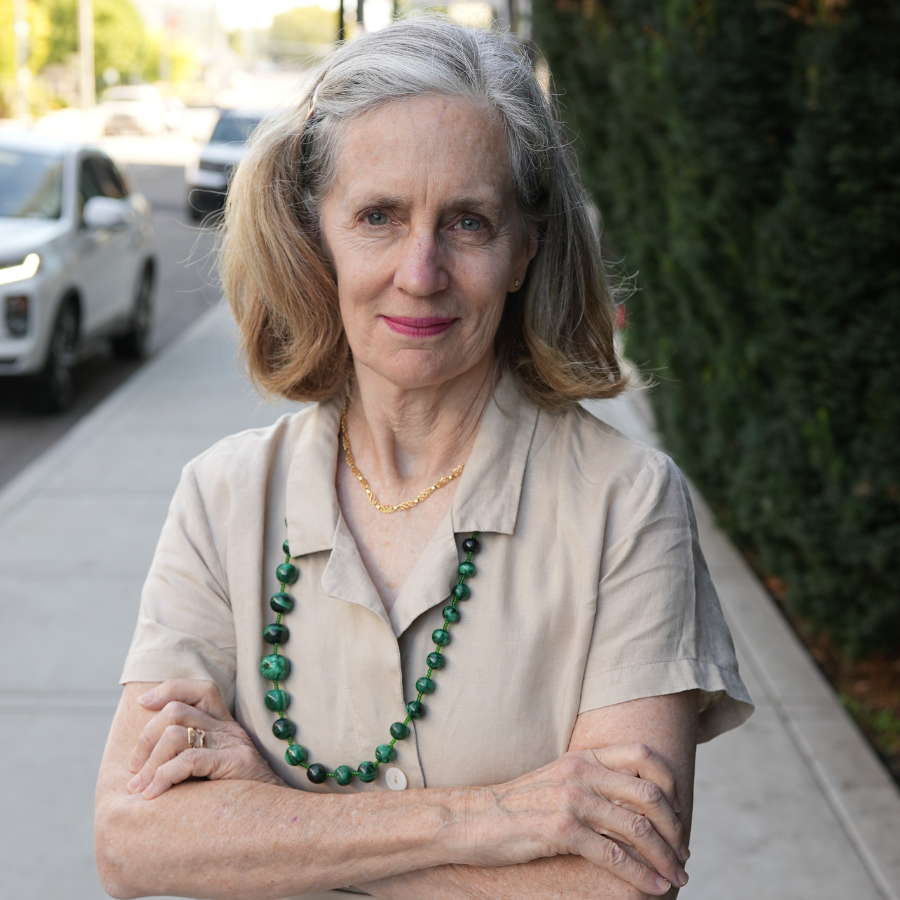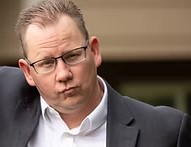Related Articles
Relevant Topics
The justices of the state supreme court held another public hearing today, with presentations and briefs provided by a series of the lawyers, in an effort to salvage their ruling in the nine-year-old McCleary school funding case. The justices are pressing elected lawmakers about future plans for funding the schools, but it is obvious the justices are no closer to finding a solution in the McCleary process than when they took over funding authority from the legislature in January 2012.
The McCleary process is the only instance, unique in history, in which the state supreme court decided to “retain jurisdiction” over a case in order to direct the legislature’s spending on schools. The process has not worked well for the court. Despite huge increases in public funding, the justices are still dissatisfied and school children have seen little or no improvement in education levels across the state.
Whatever the outcome of today’s hearing, the justices seem to have put themselves in a box, and they appear to be struggling to find a dignified exit to this dilemma of their own making. Three judicial positions are up for re-election in two months, which may lend urgency to the ongoing controversy over the case.
In the meantime, lawmakers of both parties have been providing massive increases to K-12 schools, including:
- State revenue per student has increased to a record $9,024 in 2016-17;
- Total revenue from state, local and federal taxpayers has increased to nearly $13,000 per student;
- The legislature has increased school spending by 34% in four years;
- Since 2012, the state has provided $4.6 billion more to schools, to a total of $18.2 billion to schools in 2015-17;
- State education spending is at the highest point in history, and, at 47%, also represents the highest-ever portion of the state budget;
- The state’s largest district, in Seattle, now spends $15,000 per student, about twice the amount of private school tuition.
The McCleary process shows signs of bogging down. Instead of sticking to the legal work of ruling on the education provisions of the state constitution, the justices embarked on a policy project – governing and setting the funding levels for public schools, a job normally left to elected lawmakers. The justices seem to covet the power of state legislators, seeking to oversee some 2,000 public schools according to their own policy goals.
As I listened to the hearing today, I detected a note of desperation. The justices may want to avoid further embarrassment. There appears to be a growing awareness among the justices that their McCleary process is not working, and may pose serious political danger to the court.
We will know more when the justices issue their ruling in this latest chapter of the ongoing McCleary soap opera. I will continue to follow events as they unfold.




